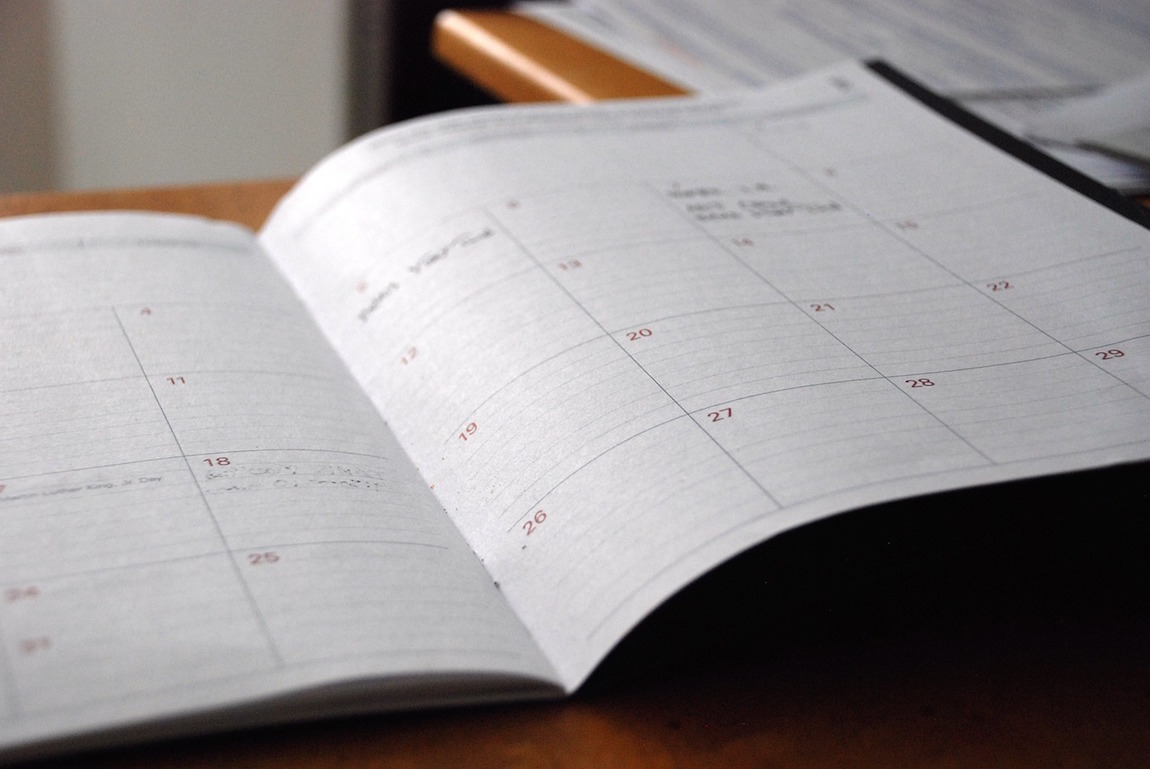B2B Monday Myth: B2B Content Can’t Be Fun
by MGB2B
The Myth: B2B Content Is Business-Only, So Keep It Dry
The Truth: Bored Prospects Will Drop You Like a Hot Potato
B2B prospects are in business mode. But they are, in fact, people. They get bombarded with content every day, so you need to make yours count. It doesn’t have to be mind-blowingly creative, but it does have to be interesting enough to keep the attention of your prospects and informative enough to give you credibility and establish your brand as an authority in your category.
Here are some quick tips to add some edge to your content while keeping it effective.
- Start with Personas. If you’re unfamiliar with personas, they are a representation of your ideal customer, and an important element to have in place before you even start creating your content. You craft personas using market research on your existing customers. Unlike a broader target audience, you can include a lot more in your personas, like what they do in their spare time, what they care most about, and what keeps them up at night. The most interesting content addresses these key issues instead of just talking about what makes your brand so great. Done correctly, personas are one of the most important parts of your B2B content marketing strategy, not to mention your overall marketing strategy.
- Keep it Conversational. B2B content has a reputation of being formal and dry. Try writing like you talk, or better yet, hire someone who’s been doing it for years (or an agency who has one on staff). Adding personality and emphasizing the more human qualities of your company – sometimes even using humor if it works well – will make your brand seem more relatable.
- Show Some Emotion. You are not a robot. Use emotion to appeal to the values of your audience. Emotions come into play whether your prospects are making personal decisions or business decisions. This is why developing personas that incorporate what your ideal customer cares about – both at work and at home – is important. Your content will be written to influence the emotions that surround what your audience is passionate about.
- Incorporate Relevant Trending Topics. Relevant is the key word here. Referencing a little pop culture or a current trend is a good way to spice up your B2B content, but it can’t feel forced. Peruse the trends in your industry and listen to what people are talking about at the water cooler, and see if it can fit into your content naturally. Big piece of advice: avoid politics at all costs.
- Break It Up. There is without a doubt information you need to include in your content to get your point across and educate your audience. But clumping this content into one long, dragged-out paragraph will bore your readers. Try breaking up your text with bolded headlines, visuals, numbered lists, bullet points, and quotes or bite-sized pieces of information. When you’re done creating content, take a step back and ask yourself, “is this scannable?” If the answer is no, you need to break it up even more.
- Get Visual. Your insights don’t always have to live as only words. Infographics, charts, photography, and videos are engaging ways to present valuable data. Considering that articles with visuals get 94% more views, this is a pretty important piece of advice.
Hope these tips help you as you start adding some fun into your content program. If you need any more advice about B2B content, feel free to drop us a line.
Continue ReadingB2B Monday Myth: Tuesday Is the Best Day to Send Emails
by MGB2B
The Myth: Tuesday Is the Best Day to Send Emails
The Truth: There’s a Lot More to It
We all want our e-mails to be opened; that’s the point of sending them. We’ve also been told that the most e-mails are opened on Tuesdays. So you should go ahead and schedule your B2B emails for Tuesday, right? Not necessarily.
The Quick and Dirty Things You Need to Know:
- Every brand is different and can expect different results. The most important thing you can do with your emails is test them and look at trends over time. Try a few different days and see which ones give you the highest open rates month after month. Then fine-tune your schedule.
- Different studies point to different days. In one study conducted by MailChimp, Thursday proved to be the most optimal day to send out an e-mail. However, each of the weekdays only had a 1.4% difference between them. According to HubSpot, Tuesday was in fact the most successful day of the week for number of opened e-mails. Again, Monday-Friday stats varied by a small amount. Both surveys did conclude that sending an e-mail on a business day morning is more likely to be opened than at any other time. Follow rule #1, and see which one works best for you.
- Mind your audience(s). Open rates vary by industry and by audience. Each one is unique and will respond differently to certain subject lines (you’ll want to go ahead and test those as well). If you have multiple verticals, you will definitely want to explore segmentation.
- Test more than just the day. Open rate tells you one thing. Click through rate is even more important. If your open rate is high, but your CTR is low on Tuesdays, Tuesday is not your day. If you have a slightly lower open rate on Wednesdays but your CTR is through the roof, you’ve got your day. Test subject lines. Test layout. Test everything. Fine-tuning is key to the success of any email program.
Good luck finding your day – and a very happy Monday to you!
Continue Reading
